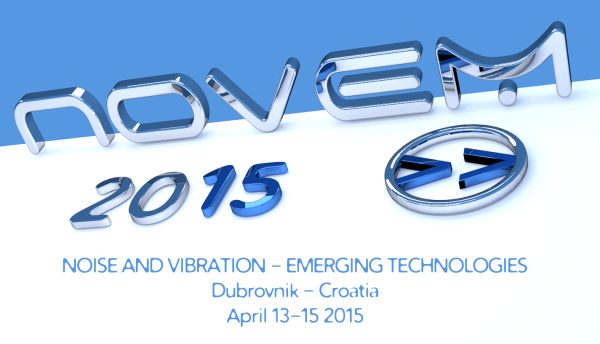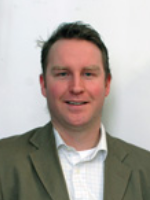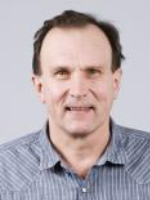
|
|
|
Distinguished LecturesDistinguished Lecture 1: Prof. Cristophe Schram - Von Karman Institute for Fluid Dynamics In-duct inverse methods for aero-acoustics Characterizing aero-acoustic sources or flow duct elements is a challenging task. Low signal-to-noise ratio, for example due to the contamination of the microphone signals by boundary layer pressure fluctuations, can yield measurements that are unsuitable for quantitative assessments of mitigation actions or the validation of numerical simulations. The projection of the acoustic field onto the duct modes is an interesting approach to permit modal cross-validation between experiments and simulations, which has been applied for some time to aeroengine applications. However, the application to e.g. low-speed fans as found in ventilation systems raises numerical robustness issues, which are usually worsening with increasing order of the transversal modes. A brief review of in-duct microphone techniques is presented in this lecture, together with recent developments aimed at extending the approach to transversal modes. Comparison between experimental and the nowadays possible numerical characterization will also be made. Application results including a low Mach fan will be presented based on the ongoing FP7 project IDEALVENT. Periodicity-induced effects and methods in vibro-acoustics The lecture concerns the modelling of wave propagation in and vibration of periodic elastic structures. The aim is to illustrate some new issues via simple examples and to discuss possible applications and generalisations. First, the eigenfrequency spectra of finite periodic structures are compared with the location of stop-bands for their infinite counterparts for a hierarchy of four mathematical models. In each case, special attention is paid to eigenfrequencies and eigenmodes of a single periodicity cell with appropriate boundary conditions. The influence of the amount of periodicity cells in a finite compound structure on its eigenfrequency spectrum is analyzed. Several features common for the considered models are found and discussed in the context of the existing knowledge on the subject. Another issue addressed in the lecture is an influence of the corrugation shape and amplitude on the broadness and location of the stop- and pass-bands in an infinite periodic structure. Explicit asymptotic formulae for the stop band borders are given and the topology of the stop band pattern is explained. Transient dynamics of a periodic rod of finite length is analysed numerically and the difference in structural response when excitation is done in either stop- or pass bands is demonstrated. A physical interpretation of the underlying mechanisms of stop bands’ formation is proposed. The concluding part of the lecture is concerned with the numerical implementation of the Floquet theory and the experimental demonstration of periodicity effects. A brief exposition of the Wave Finite Element method and an assessment of its validity range in canonical benchmark problems are presented. The results of experimental studies recently conducted at Aalborg University are reported. |
| Online user: 1 | eRSS Feed |

|


